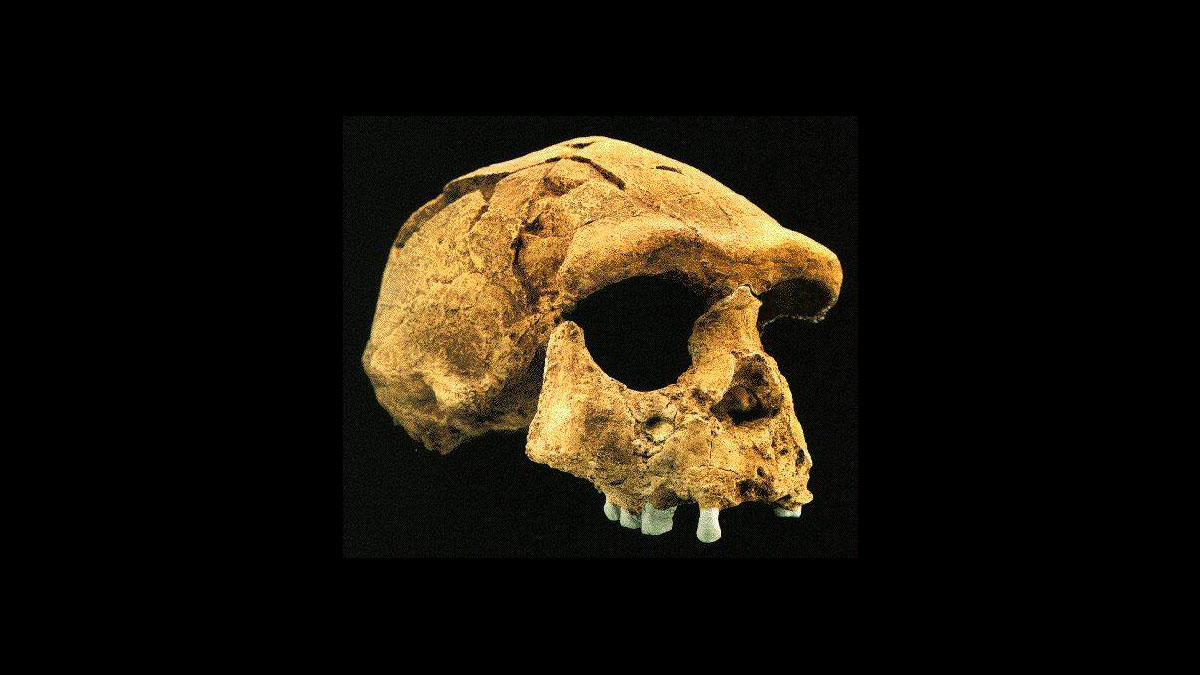did exploding stars really help humans walk upright?

Imagine African savannas roughly 2.6 million years ago. Across the galaxy, massive stars are dying in brilliant blasts that shower countless solar systems in radiation and Earth is not safe, even behind the Sun’s mighty magnetic field, never mind its own magnetosphere. Cosmic rays bombard the atmosphere, ionizing it and triggering more frequent lighting strikes which start wildfires that burn down hectares of forests and pave the way for grasslands where walking upright is a massive evolutionary advantage. Seems a little tenuous, doesn’t it? After all, plenty of natural processes trigger a lot of lightning strikes, an average of 8 million every day.
That’s more than enough electrical activity to burn down forests after protracted droughts regardless of how many stars are exploding around us. Likewise, bipedal locomotion already started before the burst of stellar explosions began, with fossils dating to 6 million years ago showing signs of upright hominids based on how their spines attached to their skulls. To their credit, the authors don’t claim that supernovae were responsible for bipedalism, or that they were the reason for climate change in which forests gave way to savannas. Their only claim is that the ionization of the atmosphere after a series of nearby supernovae between 7 million to 2 million years ago helped accelerate both.
According to their models, a supernova 163 light years away would’ve caused a 50-fold increase in atmospheric ions which were bound to release as powerful lighting strikes. That’s staggering in and of itself if we note that a dying star so far away that it would take our fastest spacecraft more than 669,000 years to reach it exploded with enough energy to electrify our atmosphere enough to start lighting storms, but there’s a real question of how long those effects would last. In order for supernova driven climate change to take place, we’d need thousands of years of strikes igniting countless fires and preventing forests from growing again.
Sporadic explosions and a few weeks of extra lightning seem unlikely to play that much of a role and again, the authors note that they’re not sure about the exact impact of supernovae-driven ionization events. With that in mind, the ideas raised by the paper in question will get plenty of coverage and popular references in pop sci articles down the road, but proof for any of this is lacking, especially given the fact that the authors themselves say that the changes they’re trying to link to supernovae were already well underway and their only contribution is showing how a nearby exploding star could trigger lighting and the occasional wildfire on Earth. So, if any dying stellar heavyweights had an impact on our evolution, it was more than likely minimal.





